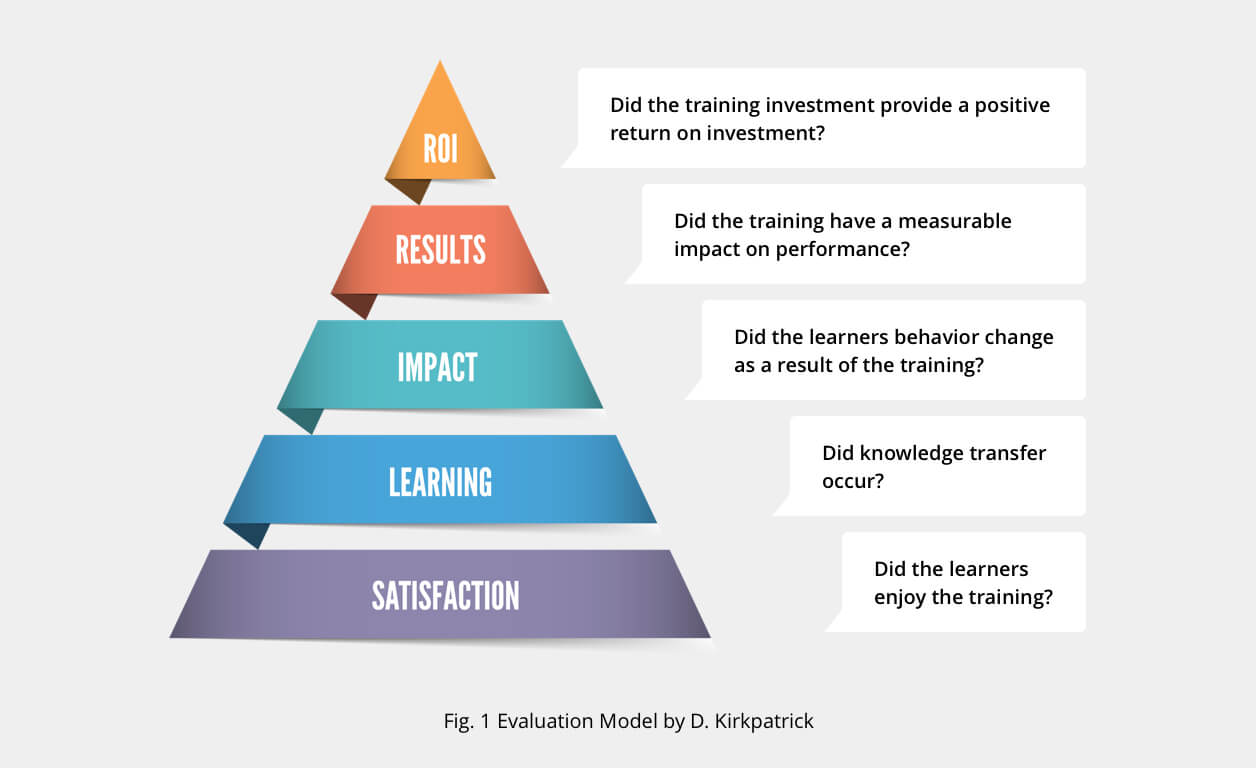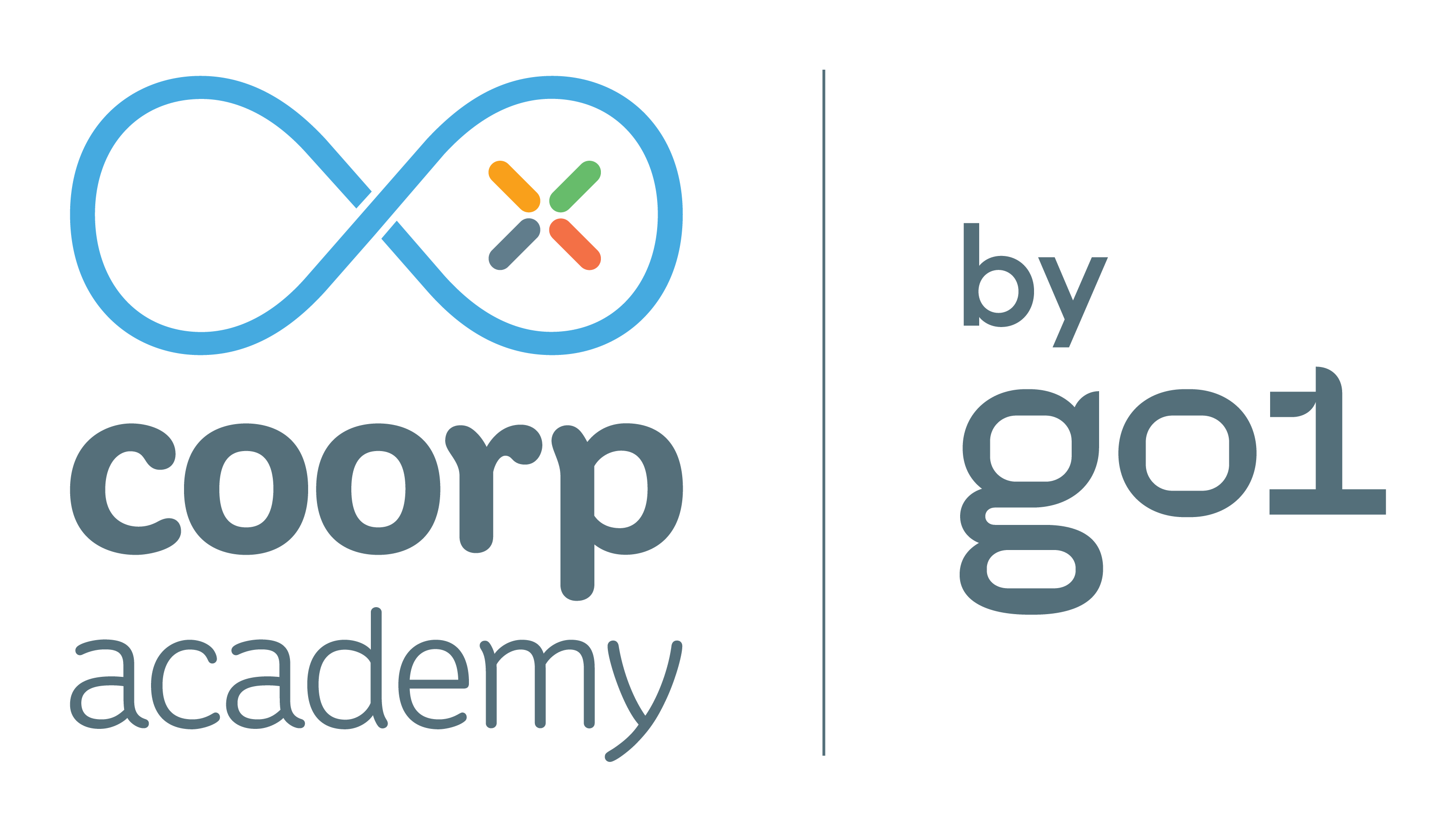The Age of Big Data: Moving forward to analytics-driven corporate learning
Learning Innovation

By Jessica Dehler, Head of R&D at Coorpacademy
Data, measurement, and analysis have always been important for Learning & Development (L&D). The scope, approaches, and use cases have, however, evolved a lot with the arrival of Big Data. And learning sciences and educational research are no exception to the Big Data rule, where more and more methods from data science are applied to study learning and teaching.
This article explores the evolution from evaluation-focused corporate learning to an analytics-driven one.
Since Human Resources and L&D in particular have adopted the role of business partners rather than mere internal service providers in their companies, they have always measured the impact of their actions. This was mainly done using a logic of evaluation and it was very often based on a model similar to the one suggested by Donald Kirkpatrick which measures the impact of training on 5 levels (see Fig 1.)

The lower levels were generally privileged because of how easy they were to measure: a combination of satisfaction surveys, completion rates and learning assessments was often considered sufficient. Analyzing only those lower levels of the model would affect the decisions and have negative implications on the usefulness of the conclusions (for a critical discussion on the Kirkpatrick model, see Bates (2004).)
This kind of evaluation, overemphasizing the “effect” in search of a proof of training effectiveness, creates a loss of interest in an age of lean processes, agile methods and continuous improvements. Today, we are looking for data and analyses that have a more descriptive nature, thereby contributing to understand learning and not simply justifying the (budget spent on) training initiatives.
L&D departments in modern data-driven organisations are getting more and more interested in analytics-driven approaches. These help to understand the “how” and the “why” of the learning that takes place during a training, to identify the needs for improvement and to develop ideas for interventions. This is not just a trend. It is deemed essential, as a significant part of the training budget is allocated to analytics (up to 5%).
This phenomenon goes along with an evolution towards new types of indicators that are measured. While completion rates were the reference metric even in the early days of Massive Open Online Courses (MOOCs), additional indicators inform more broadly about the learners and their learning processes. The creation of these new indicators is accelerated by new ways of tracking data, such as the Experience API or xAPI which stores individual learning actions, not just data about achieved results.
Our complete revision of analytics dashboards was intended to support our clients in this new approach. We looked for inspiration from learning analytics research and games. We discovered recruiting games designed to identify a set of performance indicators, identified as crucial for job performance based on analyses of previous employees’ performance beforehand. The game score determines the candidate’s match with the job profile. Our reasoning was that behaviour in a job-related online training would be an even more valuable source of information about a person’s qualities. We then developed a set of behavioural indicators – curiosity, perseverance, performance, regularity, and social learning – which help to understand the learners, to identify personal behavioural preferences, and to drive decisions related to communicating about and dispensing the training initiative. We benefited from the flexibility and self-directed learning on our platform, as only when learners have a certain degree of choice can their behaviour be interpreted in this way. If, for instance, the learning path was completely scripted, measuring curiosity would be impossible.
Our main challenge will now be to measure the usage and usefulness of these new insights and improve them iteratively, as can be expected in a consistent data-driven analytics approach.
References:
Bates, R. (2004). A critical analysis of evaluation practice: the Kirkpatrick model and the principle of beneficence. Evaluation and Program Planning, 27(3), 341-347.


